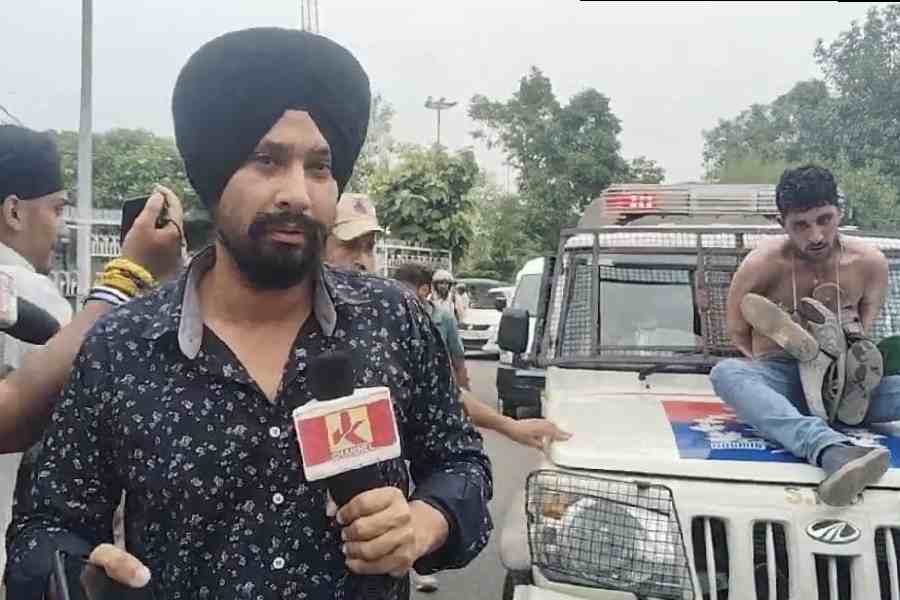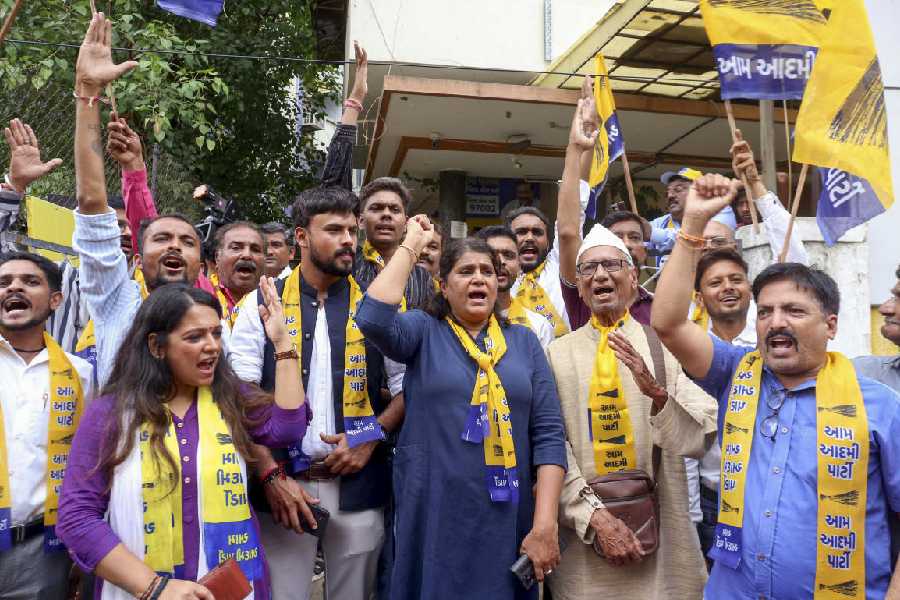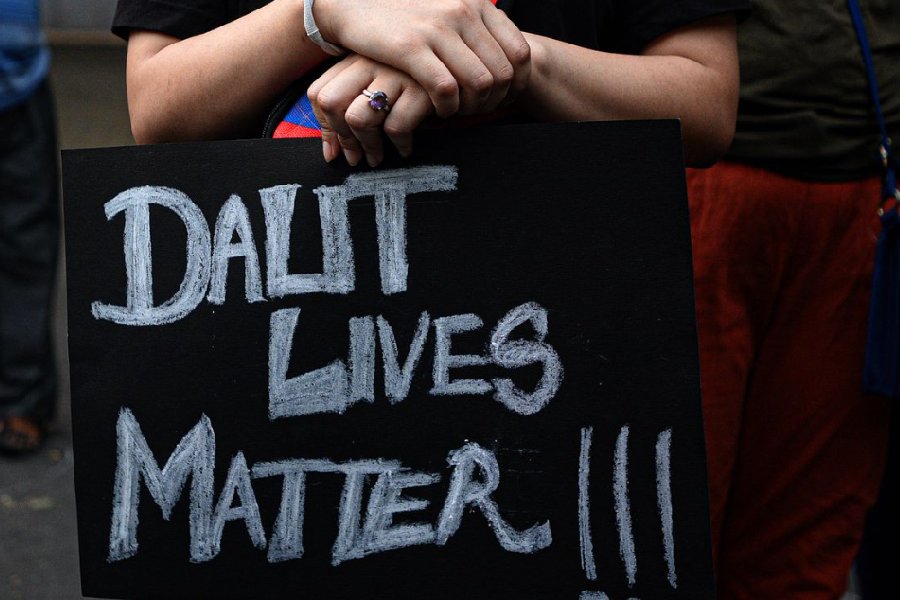Metro Railway has been ferrying nearly 7.5 lakh people each working day since the festival rush started, but it’s a record to worry about rather than be proud of.
On Monday, the passenger count crossed seven lakh by 8pm, with still two hours to go for the last train.
The transport lifeline had recorded a footfall of 7.73 lakh passengers on September 30, 1.8 lakh more than its daily capacity of 5.67 lakh with the full fleet in operation.
Since 2008-09, the average number of passengers in September has increased by 2.3 lakh, whereas only 56 trains have been added during that period (see chart). The casualty of this increasingly glaring mismatch is the comfort of the regular Metro commuter.
Transport planners blame dwindling options — the bus fleet has shrunk by almost half — and Metro rail becoming the cheapest mode of commuting for the overcrowding. “If the numbers increase so fast, a systemic breakdown can happen anytime,” an official said.
An engineer at the Integral Coach Factory in Perambur, which manufactured the 13 air-conditioned rakes and several of the older trains, said the “slated capacity” of an eight-coach rake was about 2,100 passengers. On September 30, an average of 2,900 passengers crammed into each train.
“The slated capacity of a rake is calculated at the time of manufacture and takes into account normal wear and tear. More the number of passengers in excess of capacity, more the pressure on the motor, brakes, wheels and other vital components,” he said.
Such is the pressure on Metro’s fleet that even the new air-conditioned rakes have been spending more time than normal in the maintenance depot.
The New Garia (Kavi Subhash)-Noapara Metro link is the only speed-transit option available in the city. Delhi has added five lines since the first one became operational in 2002, evenly distributing the load.
Commuters say a Metro ride used to be different even three years ago. “Now there is no non-peak hour. Earlier, we would comfortably travel once the morning crowd thinned. There would be vacant seats whenever I boarded a train at Kalighat station in the afternoon,” said Ballygunge resident S.K. Mukherjee. “Now, even at 2pm, it’s difficult to get into a train. There is hardly enough space to stand.”
The recently introduced musical interludes inside the air-conditioned coaches do little to ease the irritation of commuters jostling for space like they would on a peak-hour local train.
Getting into a packed compartment on a weekday morning means enduring the scorn of co-passengers crowding around the door a station or two in advance before their destination, as Metro experienced at Kalighat station.
It is not uncommon to see those with backpacks being verbally abused for taking up extra space. At almost every station, one door or the other wouldn’t close because of people trying to bulldoze their way in.
Even a journey during the non-peak hours isn’t comfortable anymore. Almost all seats were occupied when a train left New Garia station at 3.02pm last Friday. Two stations later, at Garia Bazar, there were more passengers standing than seated.
“I have started carrying a fresh shirt in my bag because the one I am wearing is usually crumpled by the time I reach office,” said Soumyadeep Mukherjee of Girish Park, who takes the Metro to and from Kalighat.
Telecom executive Titas Bandopadhyay has already shifted to buses. “I had been a regular Metro commuter since my college days but the office-hour trains are so crowded now that I prefer buses,” said the Tollygunge resident.
Fares that haven’t been revised since October 1, 2001, are partly responsible for the rush. An autorickshaw ride from Gariahat to Rashbehari Avenue, a distance of barely 2km, is Rs 7 while the minimum fare for a 3km bus journey is Rs 5. The minimum fare for a 5km Metro ride is Rs 3, even cheaper than getting into a local train!
Another rush factor is the extension of the Metro route from Tollygunge to New Garia. Earlier this year, the passenger interface link between New Garia Metro station and Eastern Railway’s south suburban section led to the addition of about 15,000 passengers, sources said.
Increasing the frequency of trains to ease the rush is apparently not feasible with the infrastructure Metro Railway has.
“It is not possible for us to increase the frequency further or run trains at the lowest five-minute frequency for a longer period of time,” a senior official said.
Trains presently run at a five-minute frequency for two-and-a-half hours each in the morning and evening.
Metro Railway has a fleet of 27 rakes, of which 21 are used in daily operations. “Some of the rakes are almost 30 years old and prone to snags. Even the new air-conditioned rakes need to be taken for maintenance often,” the official said.
Manpower is another problem area. Metro Railway needs 50 more motormen to run more trains at a frequency of five minutes, sources said.
Turnaround time is a factor, too. On reaching the terminal stations at Noapara in the north and New Garia in the south, trains take four minutes to change from one track to another. Another minute is used up by passengers alighting and boarding.
Officials say the only solution is to complete the other Metro projects, all of which have been delayed.










